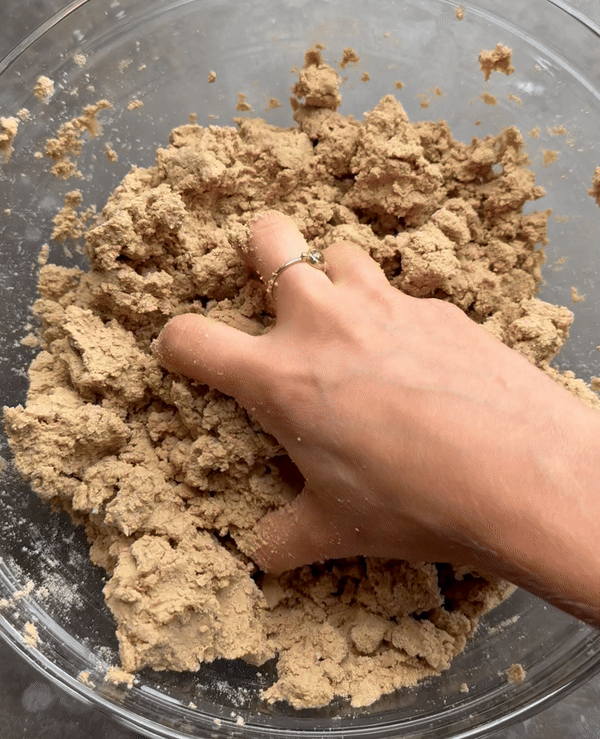Whenever we travel, we discover not only new tastes and flavors but also new methods of cooking. While I had eaten nukazuke pickles in the past, it wasn’t until my recent trip to Japan that I learned what they were exactly and how they were made!


What is Nukadoko?
In order to make sourdough bread, you need sourdough starter right? Well, in order to make nukazuke pickles, you need nukadoko.
Nukadoko is the pickling bed and is composed of three simple elements: rice bran, salt and water. It’s one of many types of Japanese pickles called tsukemono, and is a common side dish across the country. If you missed it, you can find my basic tsukemono dictionary here.
nuka - ぬか - rice bran + doko - 床 - bed
nuka - ぬか - rice bran + zuke - 漬け - pickling
I’m a huge fan of this kind of pickling for various reasons.
First and foremost, it resembles wet sand so it’s a fun sensory experience. I always feel like an archaeologist when I’m nestling my veggies in. For those of us who can’t have a pet and are living in little city apartments, your pickling bed becomes a buddy you need to take care of!
Secondly, the flavor of the nukazuke can range from lightly funky to pungent based on your preference and the amount of time you leave them in. It’s super easy to adjust the flavor and the nukadoko imparts this really earthy, sour taste that I’m a big fan of alongside a simple dish.
Thirdly, it can be passed down through generations or to friends which I find extremely special. One of my friends in London has her grandmother’s nukadoko from Japan and she can’t wait to pass it onto her daughter (once she starts eating solid food).
Last but not least, it’s a great way to use up any veg that’s about to go bad! Wilted produce? No problem, toss them in the nukadoko for a second, tangier life.
Quick History
The emergence of nukadoko (hence of nukazuke, the pickles) came about at the same time that the Japanese began eating white rice instead of brown rice.
I’m embarrassed to admit this but it wasn’t until recently that I learned what rice bran is. When brown rice is milled, rice bran is that outer shell and layer. Once it’s taken off, the rice becomes white rice. That’s why when you eat brown rice, you feel that snap under your teeth, you’re biting down on the rice bran! It’s extremely nutritious, high in fiber, and is a crucial element to this recipe.
This shift to white rice occurred during the Edo period in the 1600s. Due to the milling process to create both white rice or sake, there was an excess of rice bran. Instead of discarding it, it was put to good use in this new form of pickling!
The Recipe
While you can double this recipe, I kept it smaller for the sole reason that my container would not have been large enough and that 1kg of rice bran is quite expensivo here in London.








